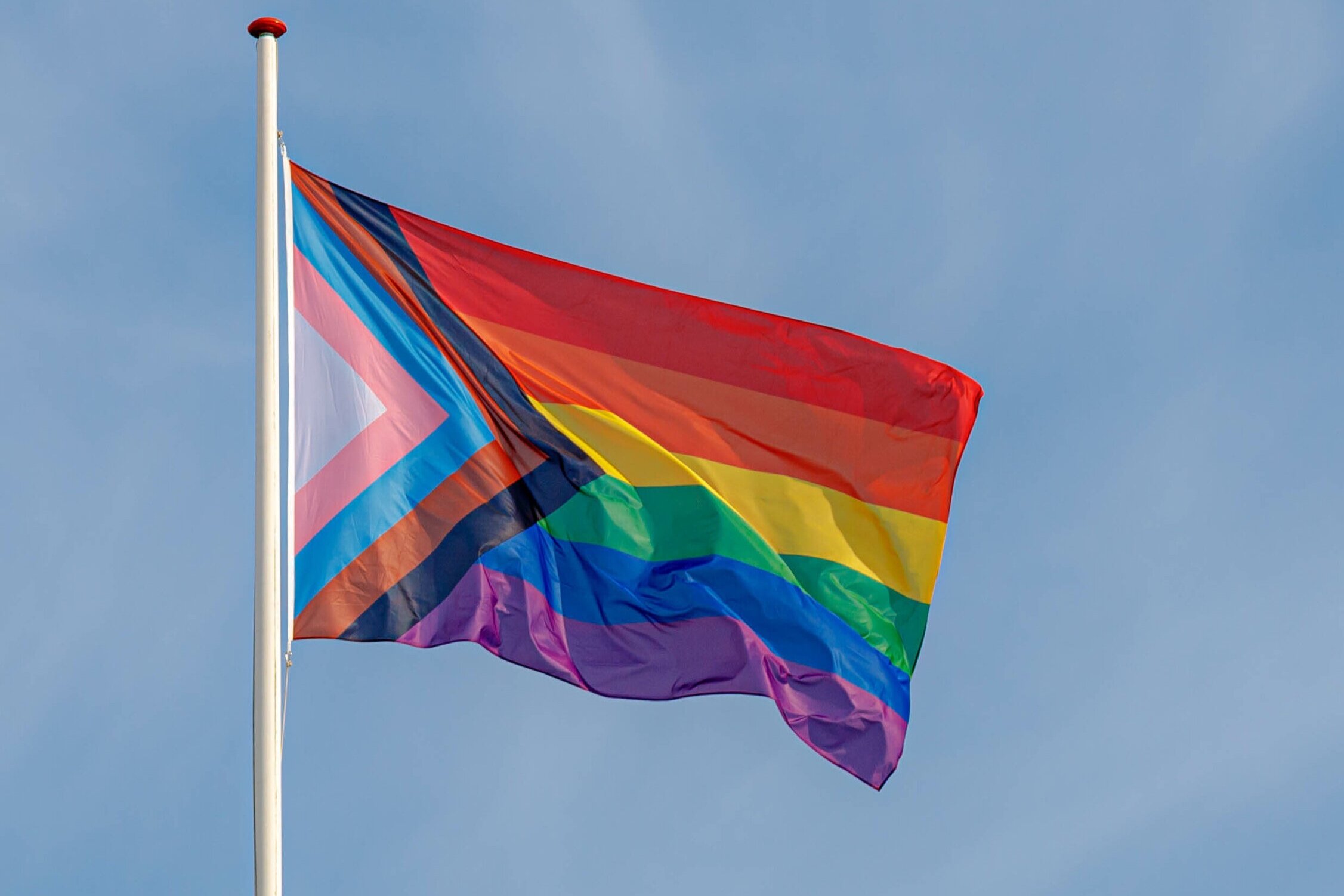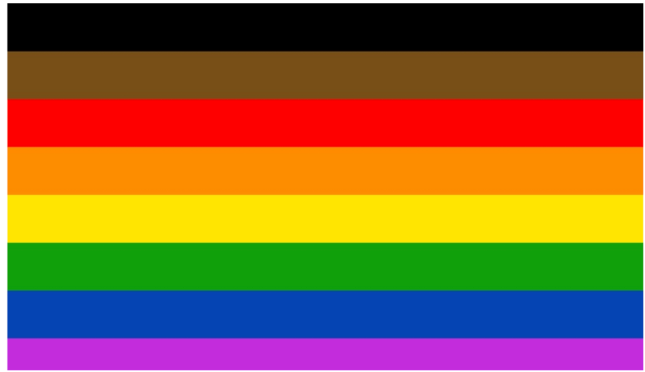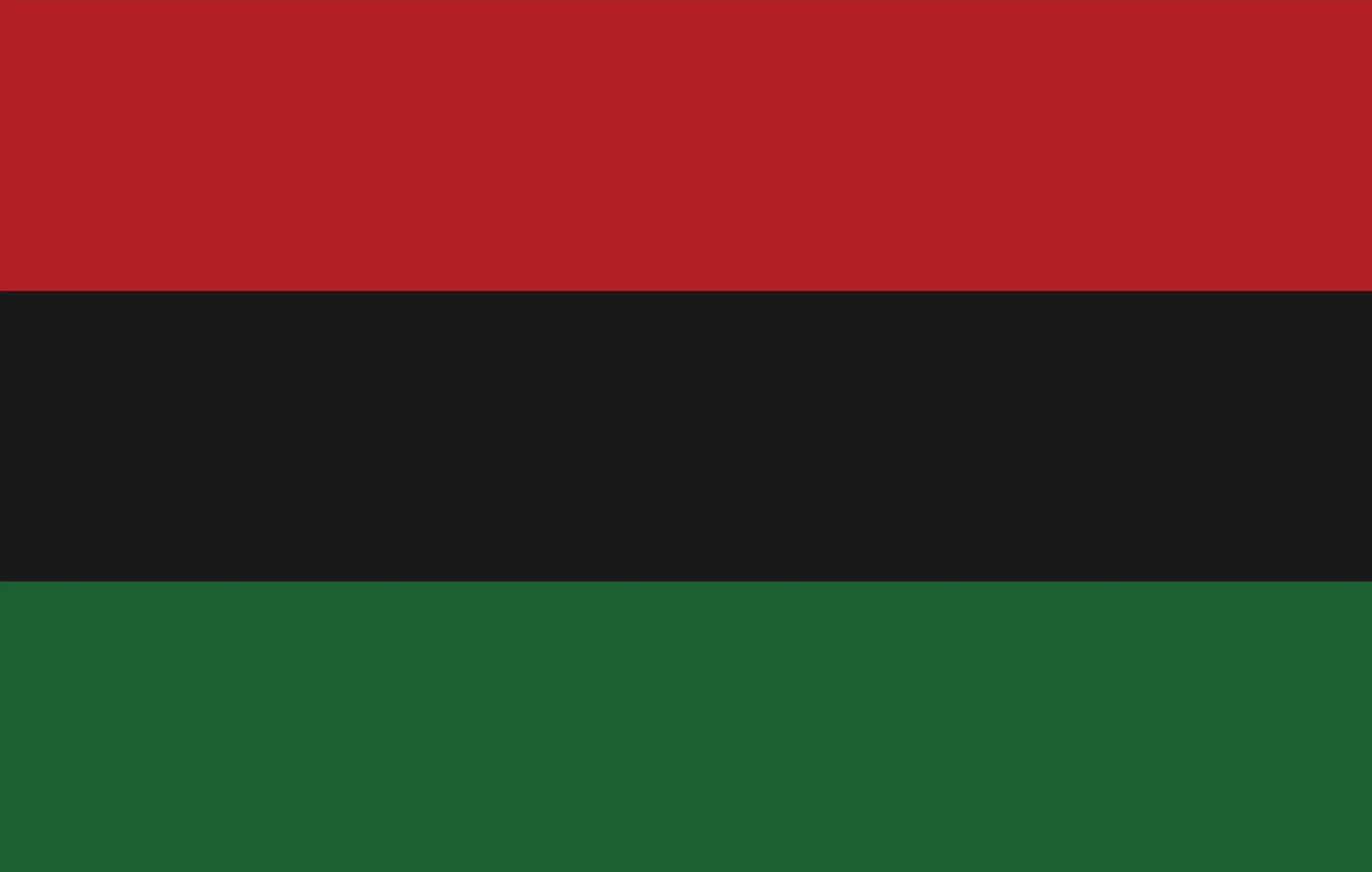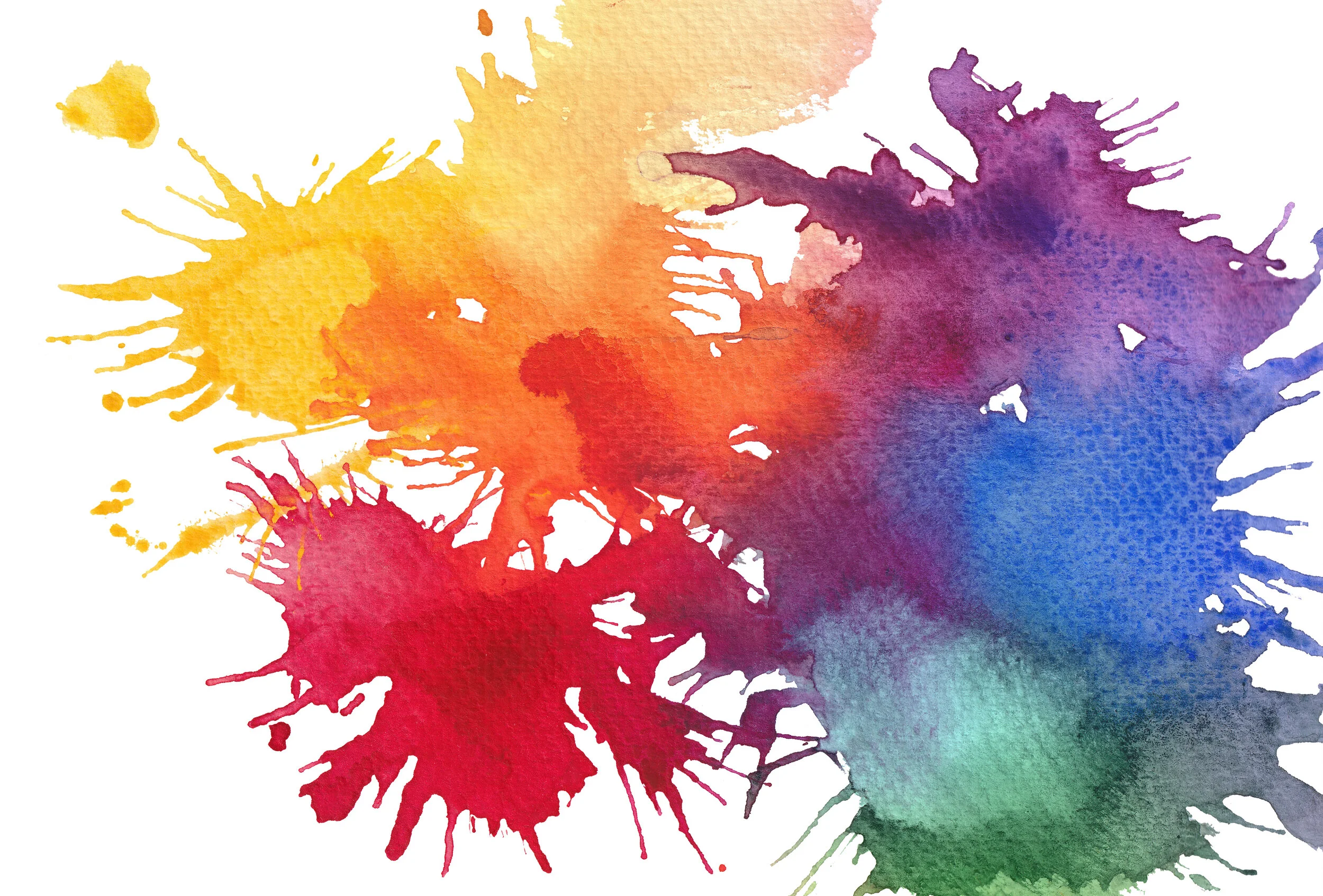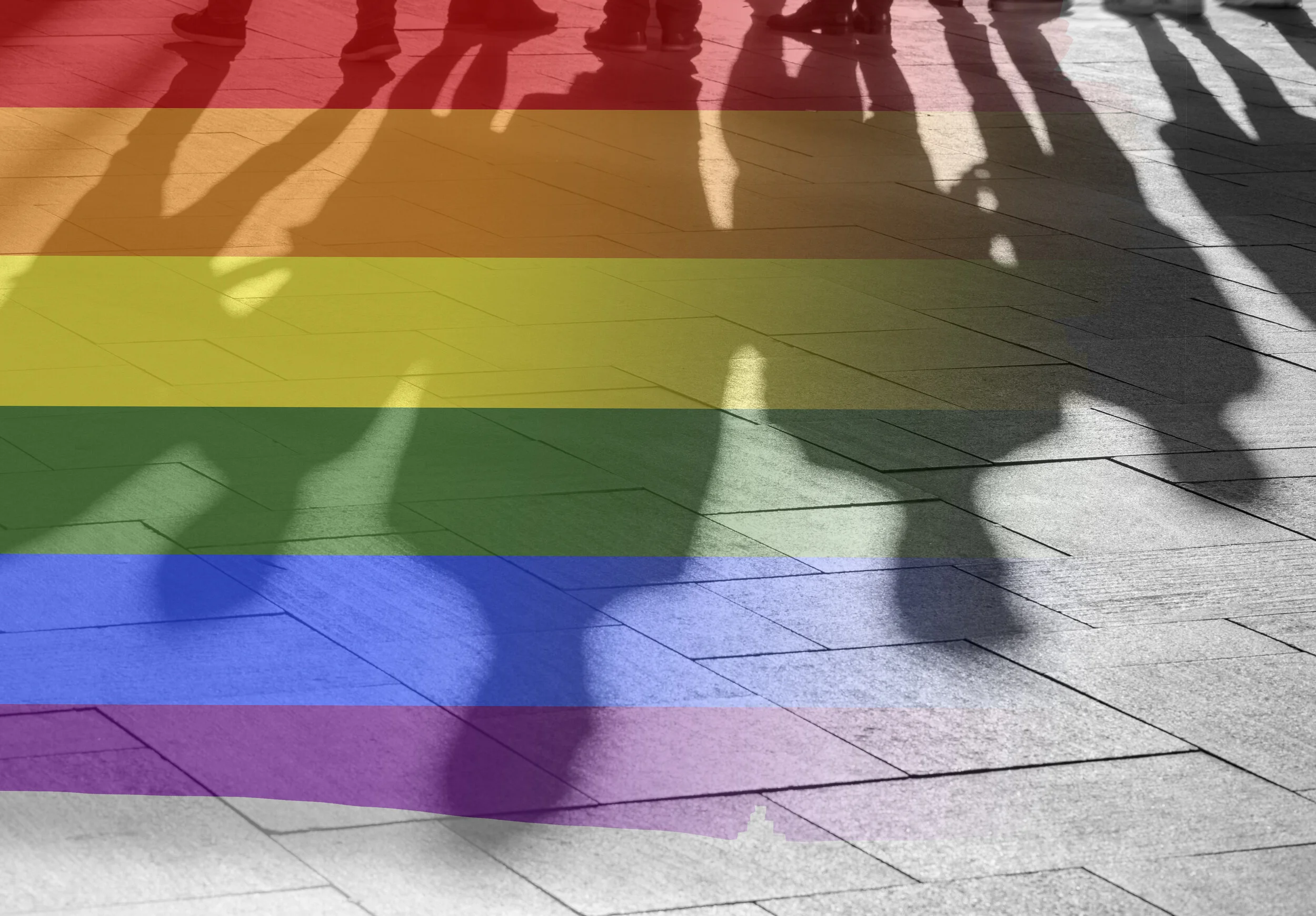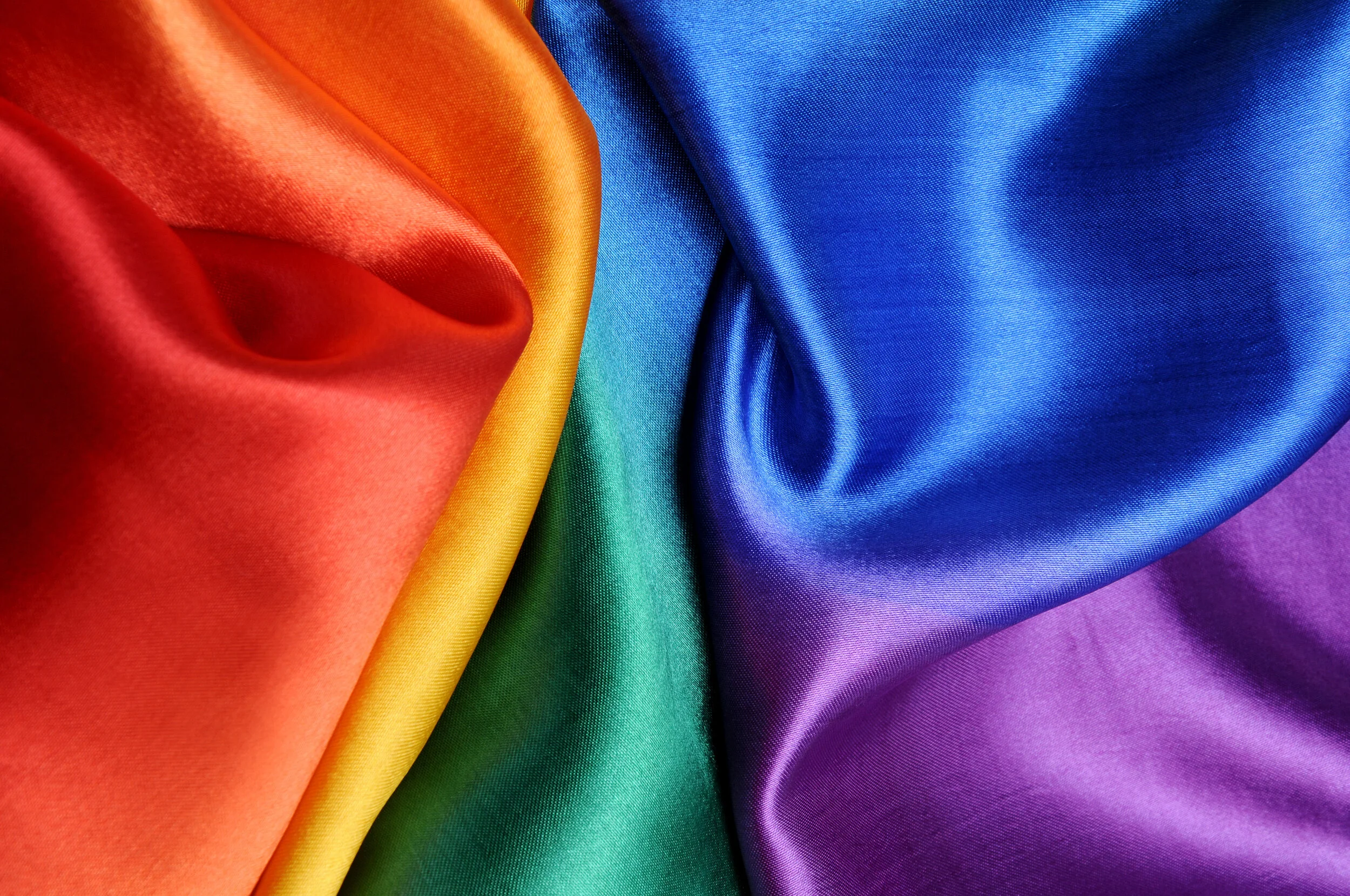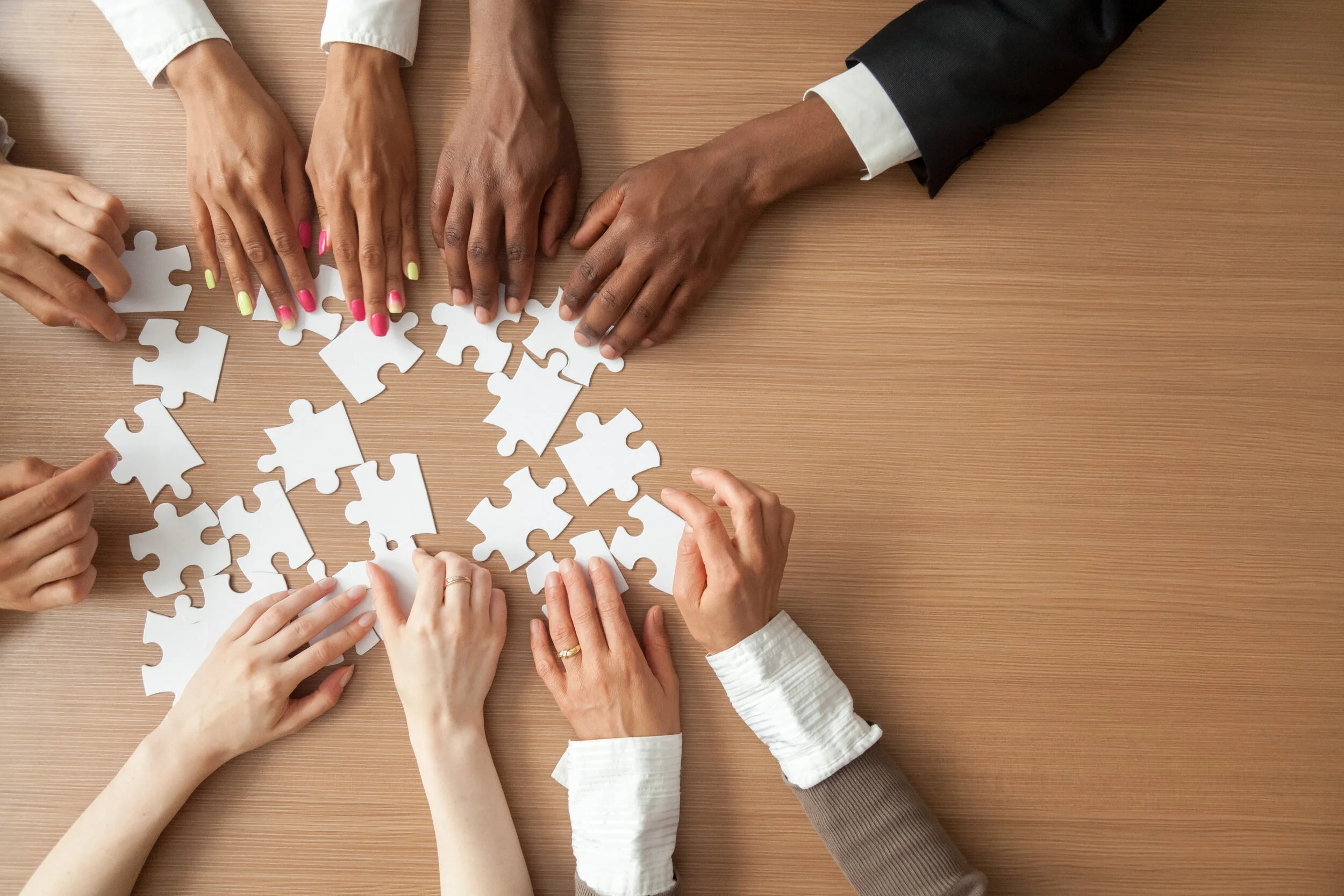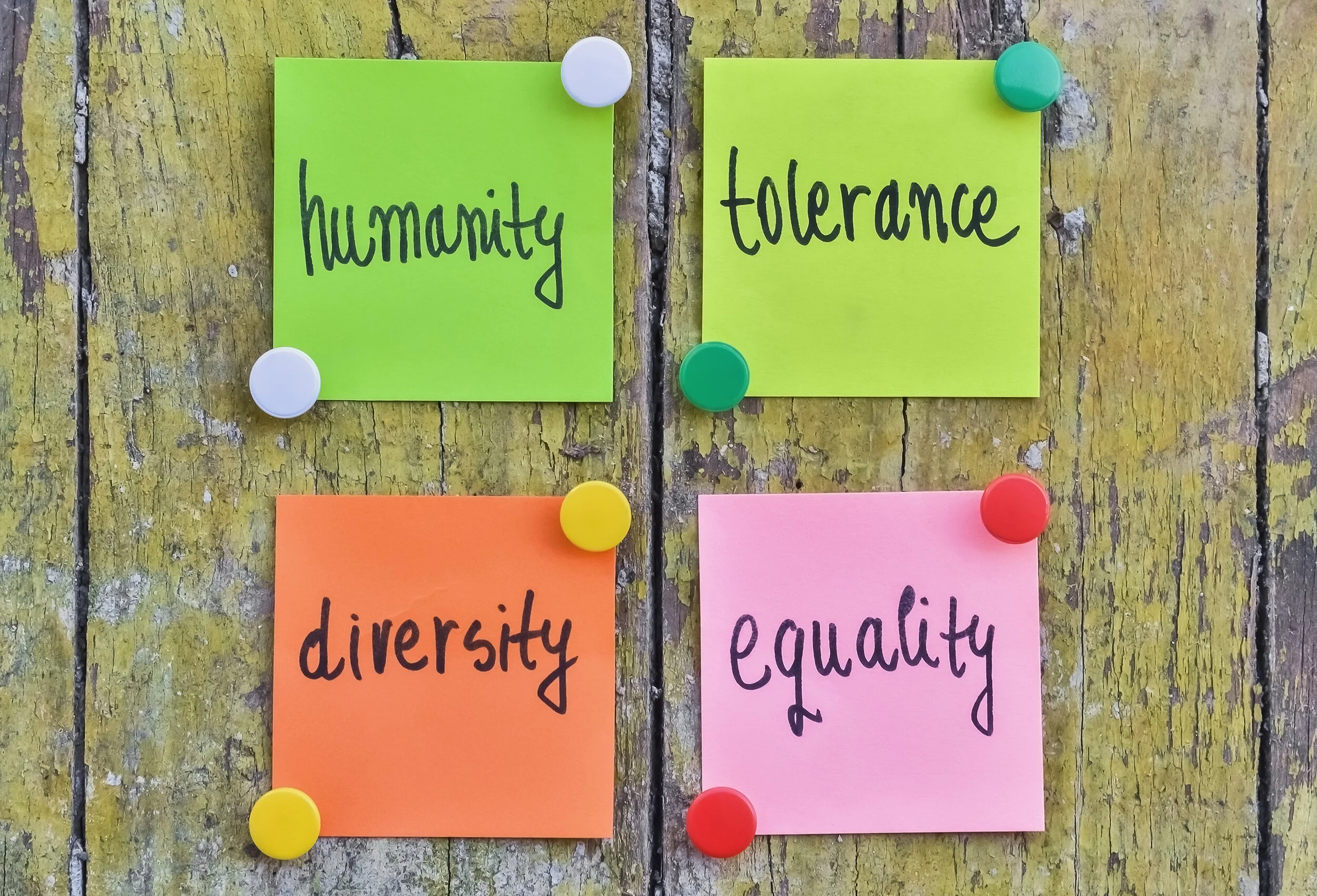An excellent way to integrate diversity, equity, and inclusion (DEI) into our organizations is through a DEI Council. This initiative provides companies with an enthusiastic group of employees dedicated to evaluating current diversity metrics, establishing new programs, and tracking the long-term progress of creating a culture of inclusion. However, without the proper support and structure, a DEI Council may be rendered ineffective or lose steam.
To ensure the success of our current and future councils, here are four key ingredients of an efficient and productive DEI Council.
1. Support from executives at the gate is imperative to establishing and maintaining a strong DEI Council. Though this may be daunting, garnering attention and assistance from leadership will increase the council’s efficiency and longevity. By informing and onboarding company leadership, we can establish the importance of this DEI initiative. This step ensures the appropriate amount of funds and time will be dedicated to the council, allowing the group to not only survive but thrive within our organizations.
When possible, try to give senior leadership, like CEOs or the board of executives, an active role within the DEI council. This integration may take the shape of an executive assisting with the annual budget proposal or even a CEO proposing their own ideas for possible diversity initiatives. By opening the council to executives, we encourage their participation and garner extra support for our efforts.
2. Along with executive ties come a direct link to business mission statements and strategy. The DEI Council should at least have full access to the organization’s diversity strategy, including information about short-term and long-term goals. Furthermore, by informing the DEI Council about future company plans, the group can voice the concerns and comments of minority individuals and help steer organizational decisions in an inclusive way. This connection establishes diversity and inclusion as a regular topic in company decisions, further integrating DEI into the backbone of our organizations.
3. When creating a DEI Council, one of the most important elements is member selection. In this stage, we are searching for dedicated and driven individuals ready to volunteer their time and focused on increasing diversity within the organization. While on the lookout, don’t forget to ensure diversity within the DEI Council itself! The council should represent the organization demographically and provide a strong voice for present minority groups. During those last charter decisions, evaluate the gender, racial, generational, and even departmental diversity of candidates before selecting the ultimate group. With a representative group of leaders, employees will feel more compelled to interact with the DEI Council and participate in future initiatives.
4. Finally, the DEI Council requires clear goals and understandable metrics to track progress. When establishing the council, consider holding a meeting dedicated to writing direct and achievable long-term goals with associated short-term initiatives and strategies. Ensure that these milestones align with the organization’s mission statement as well as the overall DEI strategy. Furthermore, devise an understandable and measurable way to track the progress of the DEI council. This system will provide an integral method to evaluate the development of the council, their headway towards long-term goals, as well as the organization’s overall culture of inclusion. With established objectives and defined evaluations, we can bolster the progress of DEI within our organizations.
These four pieces of advice come together to create a well supported, informed, and diverse DEI Council, sure to create positive change in any organization. By incorporating these steps, we can set our councils up for success, providing them with the tools and skillsets needed to increase productivity, creativity, and efficiency.
Dima Ghawi is the founder of a global talent development company. Her mission is providing guidance to business executives to develop diversity, equity and inclusion strategies and to implement a multi-year plan for advancing quality leaders from within their organization. Through keynote speeches, training programs and executive coaching, Dima has empowered thousands of professionals across the globe to expand their leadership potential. For more information, visit DimaGhawi.com and BreakingVases.com.



